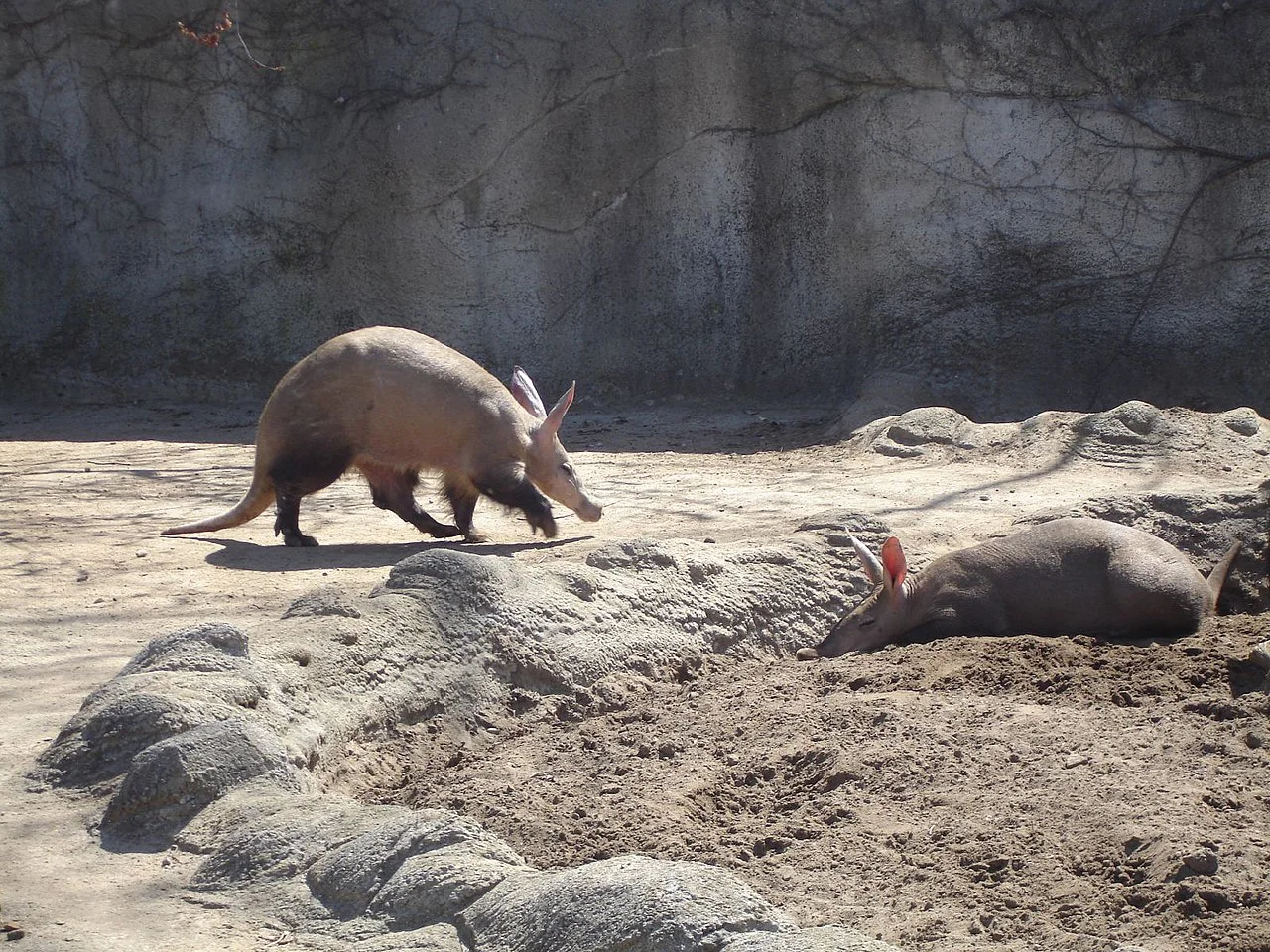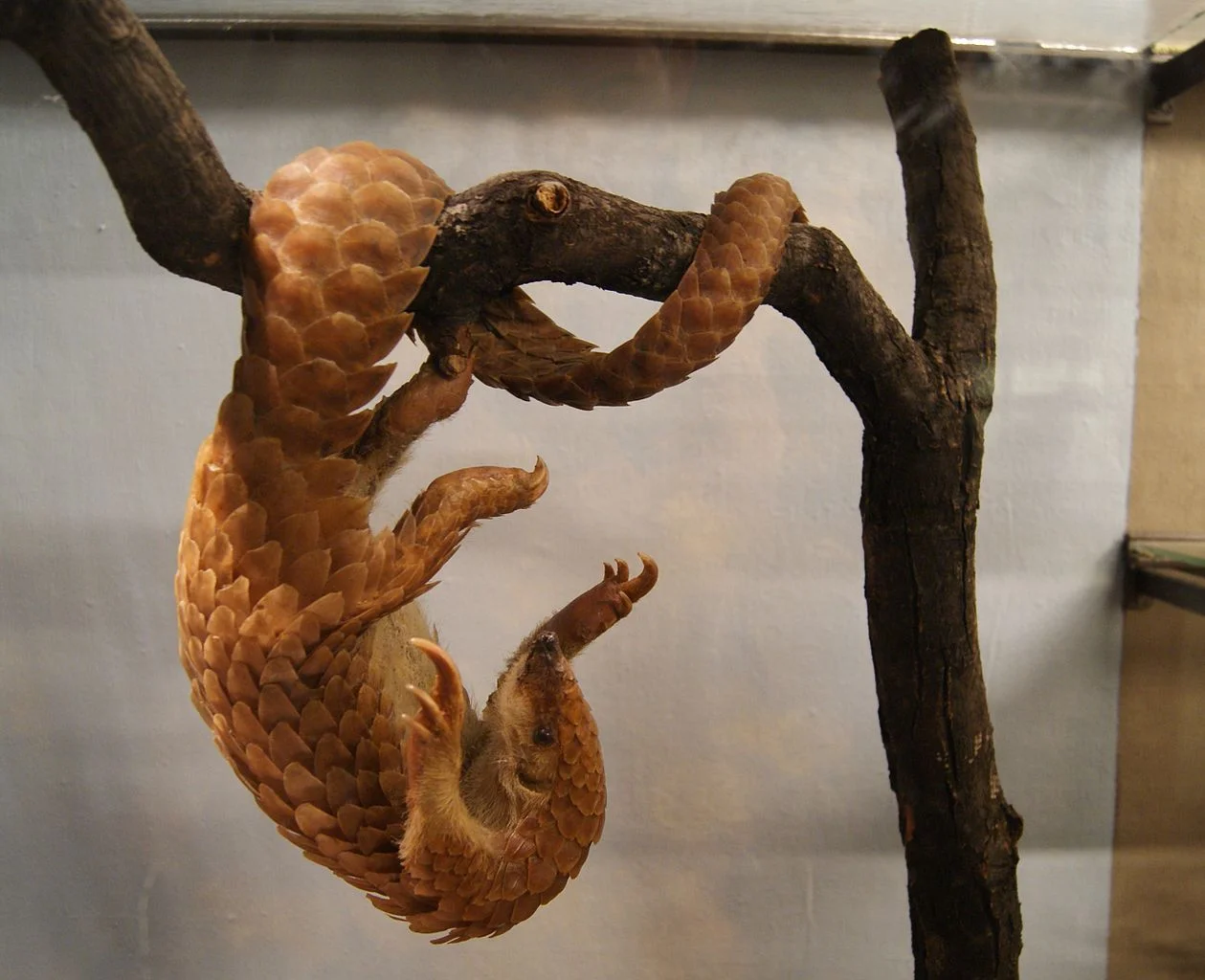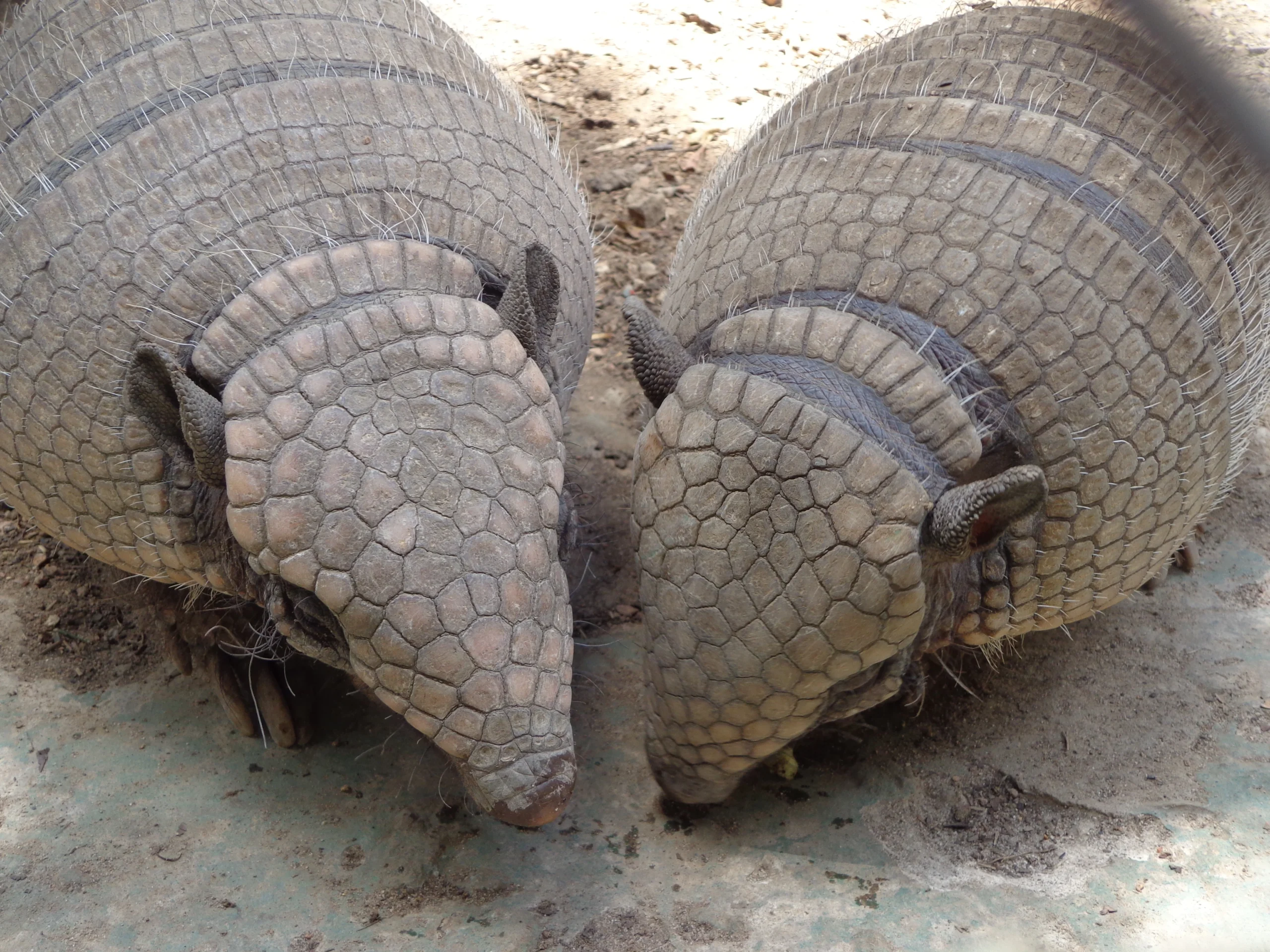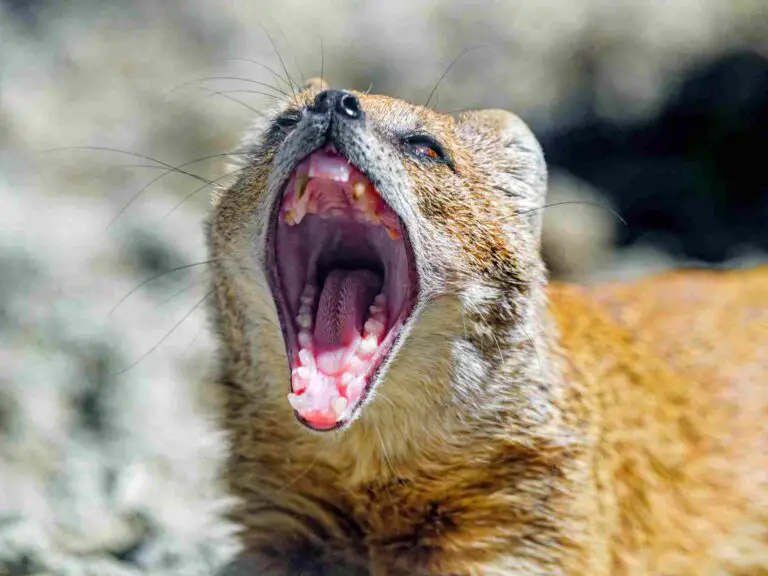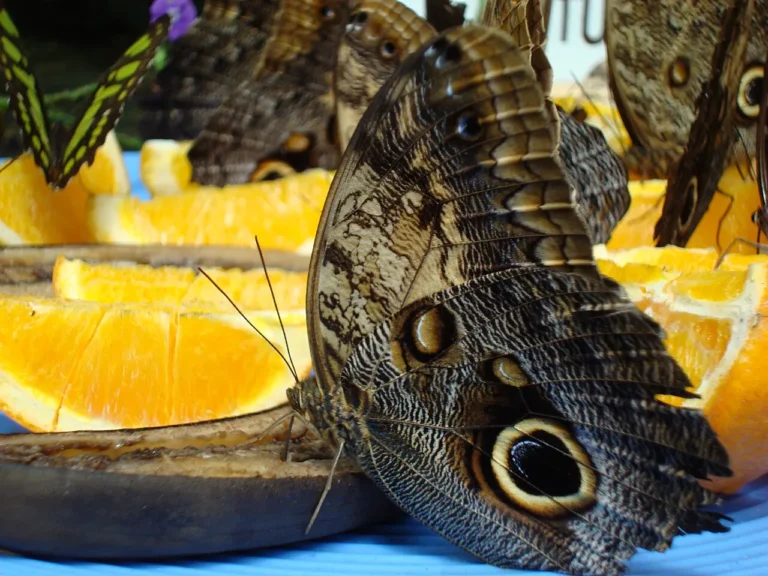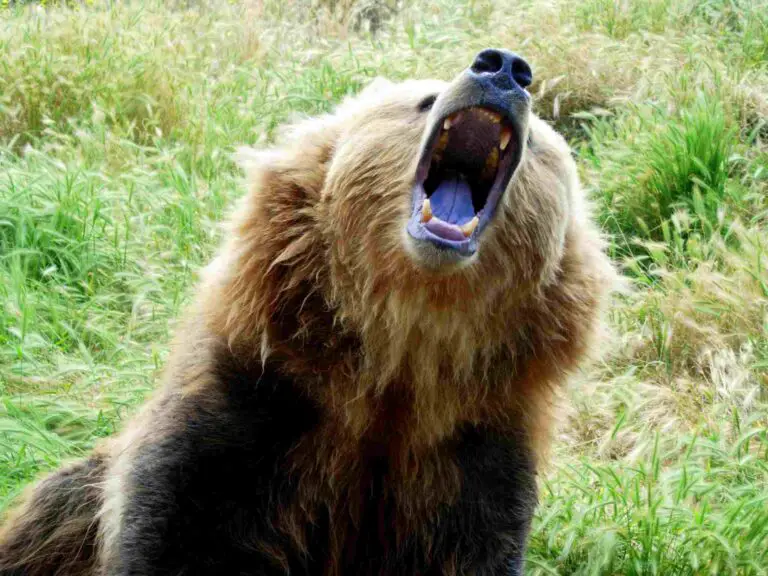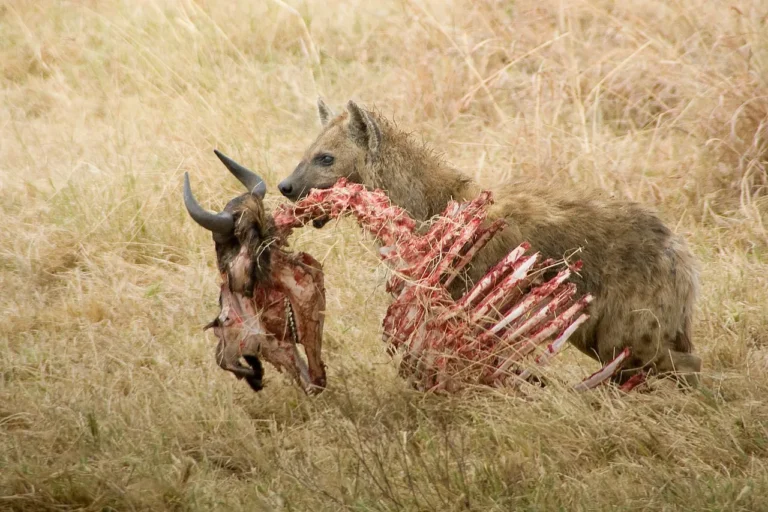Anteater Vs Aardvark Size, Weight, Overall Comparison
Contrasting the anteater with the aardvark reveals differences in their taxonomic classifications, habitats, and physical characteristics. While both share general similarities in appearance, such as being burrowing mammals, the aardvark possesses unique features like teeth and prominent claws for digging. In a potential confrontation, the aardvark’s superior weight, strength, and formidable claws provide it with an advantage, though the fight would likely be close.
I. Taxonomic Classification:
– The anteater belongs to the order Pilosa, showcasing its taxonomic classification within the superorder Xenarthra. In contrast, the aardvark falls under the order Tubulidentata.
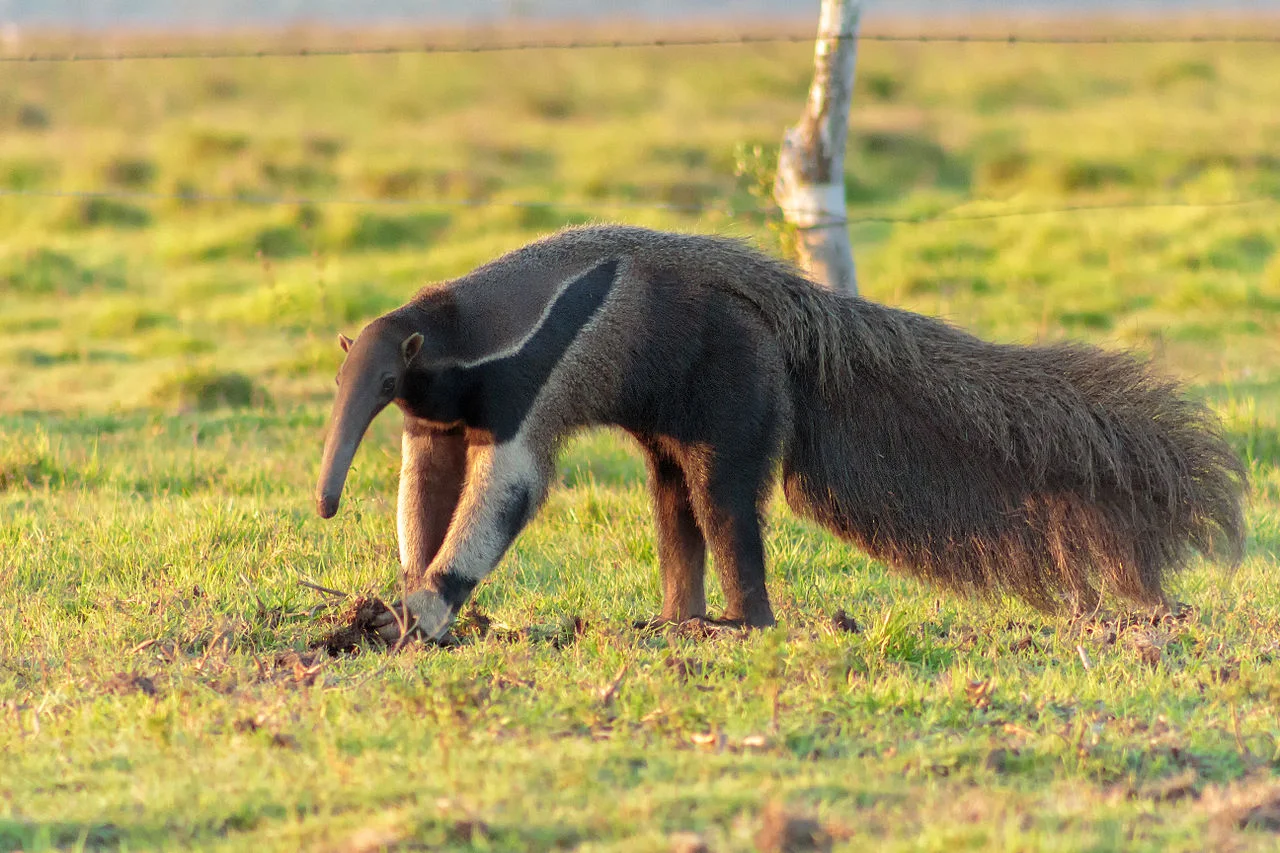
II. Geographic Distribution:
– Anteaters can be found in Central and South America, adapting to the diverse ecosystems of these regions. Aardvarks, on the other hand, are native to Africa, emphasizing their specialization in African environments.
III. Size Disparity:
– The giant anteater generally grows larger than the aardvark. However, it’s essential to note that aardvarks, despite their smaller size compared to giant anteaters, are generally heavier than all species and sizes of anteaters.
IV. Physical Characteristics:
– While both anteaters and aardvarks share general appearance traits and burrowing habits, the aardvark possesses unique features such as teeth and prominent claws, particularly adapted for digging and extracting insects from underground.
V. Aardvark’s Superior Weight and Strength:
– In a potential confrontation, the aardvark would likely have the upper hand due to its superior weight and strength. These physical attributes contribute to its dominance in competitive scenarios.
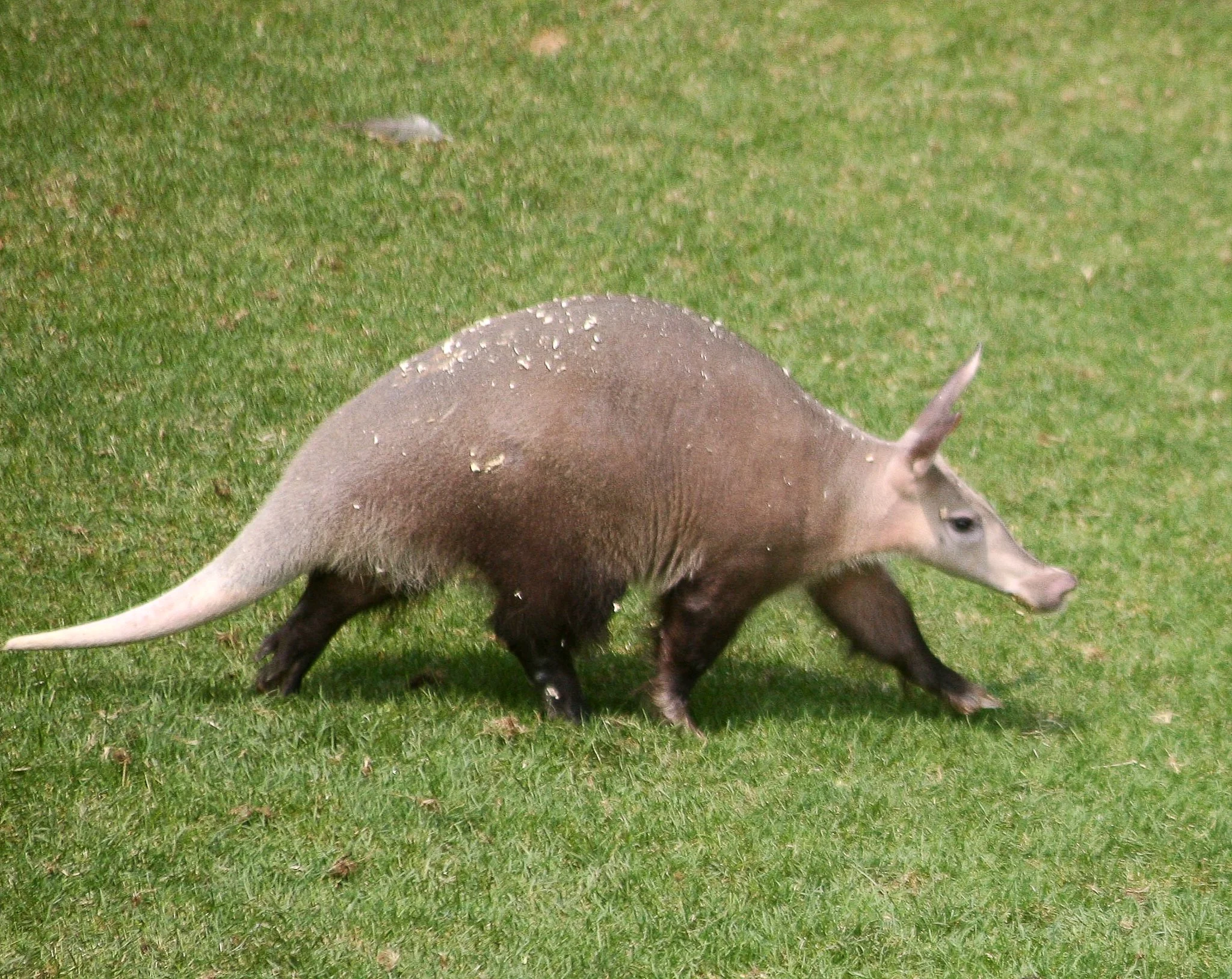
VI. Prominent Claws for Digging:
– The aardvark’s prominent claws, adapted for digging, further enhance its advantage in a potential fight. These claws serve as formidable weapons and tools, contributing to the aardvark’s overall effectiveness.
VII. Close Fight:
– Despite the aardvark’s advantages, the fight would likely be close, considering the agility and potential defensive capabilities of the anteater. Factors such as speed and maneuverability could influence the outcome of the confrontation.
VIII. Real-life Predator Dynamics:
– In a real-life encounter, the aardvark’s superior weight, strength, and prominent claws for digging would likely give it an edge over the anteater. However, the specific circumstances of the confrontation would play a role in determining the outcome.
IX. Conservation Considerations:
– Recognizing the unique traits and potential conflicts between anteaters and aardvarks emphasizes the need for tailored conservation strategies. Preserving the natural habitats of these distinct species contributes to the overall health and balance of ecosystems, safeguarding biodiversity in their respective continents.
*Details of Comparison
| Criteria | Anteater | Aardvark |
| Taxonomy | Order Pilosa, Family Myrmecophagidae |
Order Tubulidentata, Family Orycteropodidae
|
| Appearance | Long snout, bushy tail, black-and-white fur |
Tubular body, arched back, coarse hair
|
| Size | 6-8 feet (including tail) | 3.3-4.9 feet |
| Weight | 60-140 pounds | 110-180 pounds |
| Dentition and Bite Force | Toothless, long tongue |
Simple teeth, powerful tongue
|
| Offensive Advantages | Sharp claws for tearing ant nests |
Powerful claws for digging and extracting
|
| Defensive Advantages | Bushy tail, sharp claws |
Sense of hearing, burrowing abilities
|
| Speed | Up to 30 mph |
Slower, relies on burrowing
|
| Agility | Agile climber |
Adapted for digging
|
| Senses | Keen smell, limited eyesight, hearing |
Excellent hearing, poor eyesight
|
| Overall Physical Capacity | Climbing and tree-dwelling |
Digging and ground-based activities
|
| Habitat Preference | Tropical and subtropical forests |
Various habitats in Africa
|
| Tracks | Clawed footprints with distinctive pattern |
Clawed prints resembling a four-toed shape
|
| Lifespan | 12-15 years | 12-15 years |
| Mode of Feeding | Myrmecophagy |
Insectivore with different feeding strategy
|
| Intelligence | Limited cognitive abilities |
Moderate intelligence
|
| Social Behavior | Generally solitary, brief social interactions during mating |
Primarily solitary, limited social interactions
|
| Reproduction | Single offspring after a gestation period |
Single cub after a gestation period
|
| Parental Behavior | Carry young on back for protection |
Create burrows for offspring’s protection
|
| Proximity to Human Areas | May come into contact with humans in overlapping habitats |
Encounters possible, especially in regions with human activity
|
| Behavior Toward Humans | Generally non-aggressive, defensive if threatened |
Shy, avoids direct confrontation
|
| Danger Posed to Humans | Low danger, minimal risk of aggression |
Low danger, not considered aggressive
|
| Precautions | Caution required to avoid triggering defensive behavior |
Awareness recommended, but extensive precautions not necessary
|
| Conservation Status | Vulnerable due to habitat loss, hunting, and road mortality | Least Concern, but faces local threats |
Key Points
- Both species are insectivores but exhibit differences in taxonomy, appearance, behavior, and ecological roles.
- Anteaters are arboreal and adapted for climbing, while aardvarks are ground-dwellers with burrowing capabilities.
- Anteaters have higher agility and speed, emphasizing their arboreal lifestyle.
- Aardvarks excel in digging and have adaptations for underground activities.
- Sensory adaptations for locating insects differ, with anteaters relying on keen smell and aardvarks on excellent hearing.
- Both exhibit low reproductive rates, emphasizing parental care for the protection of single offspring.
- Conservation status varies, with giant anteaters facing higher risks due to habitat loss and hunting.
1. Taxonomy
Anteater (Order Pilosa):
Family: Myrmecophagidae (Giant anteaters)
Subfamily: Myrmecophaginae (Giant anteaters)
Genus: Myrmecophaga (Giant anteaters)
Species: M. tridactyla (Giant anteater)
Aardvark (Order Tubulidentata):
Family: Orycteropodidae (Aardvarks)
Genus: Orycteropus (Aardvarks)
Species: O. afer (Aardvark)
2. Appearance
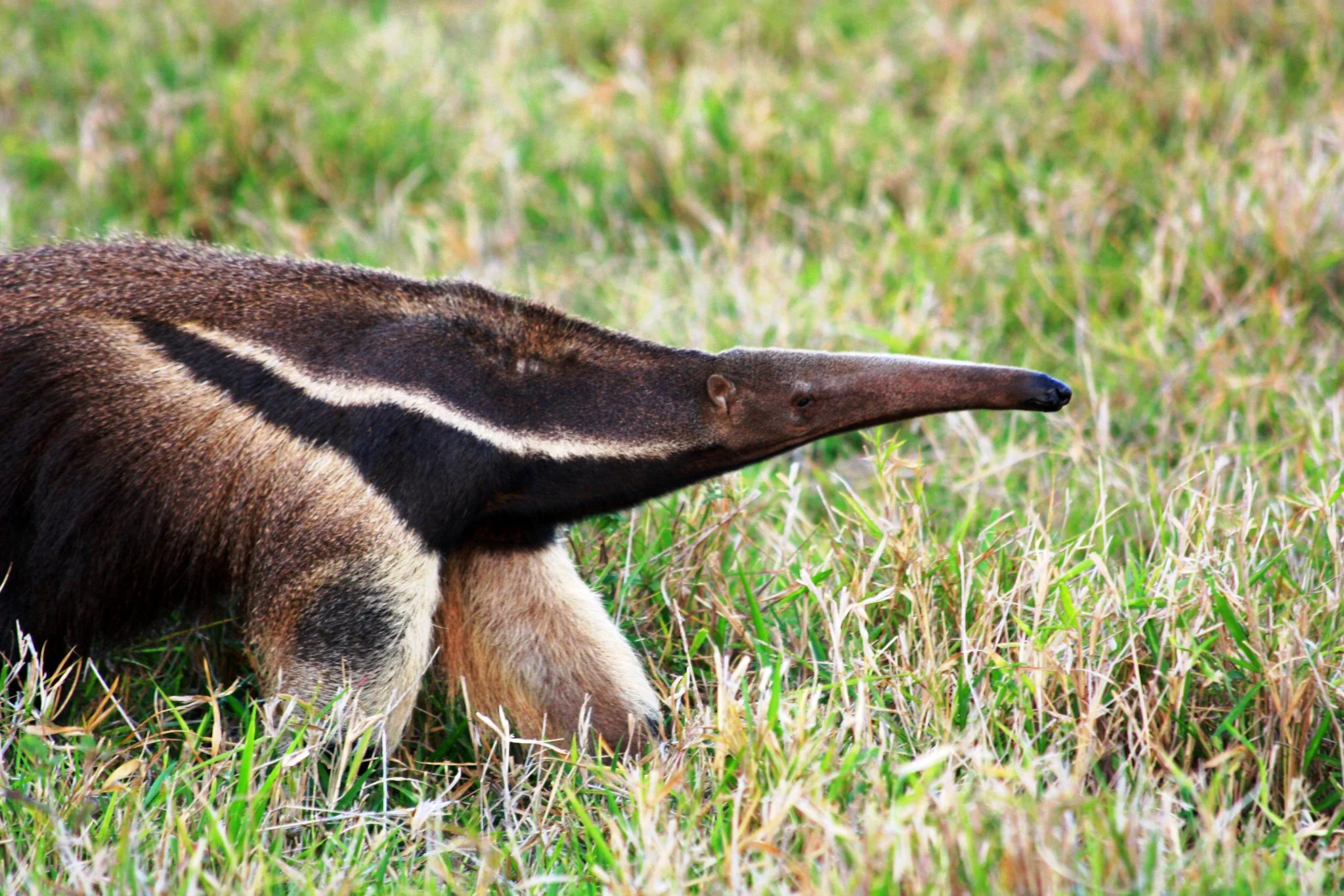
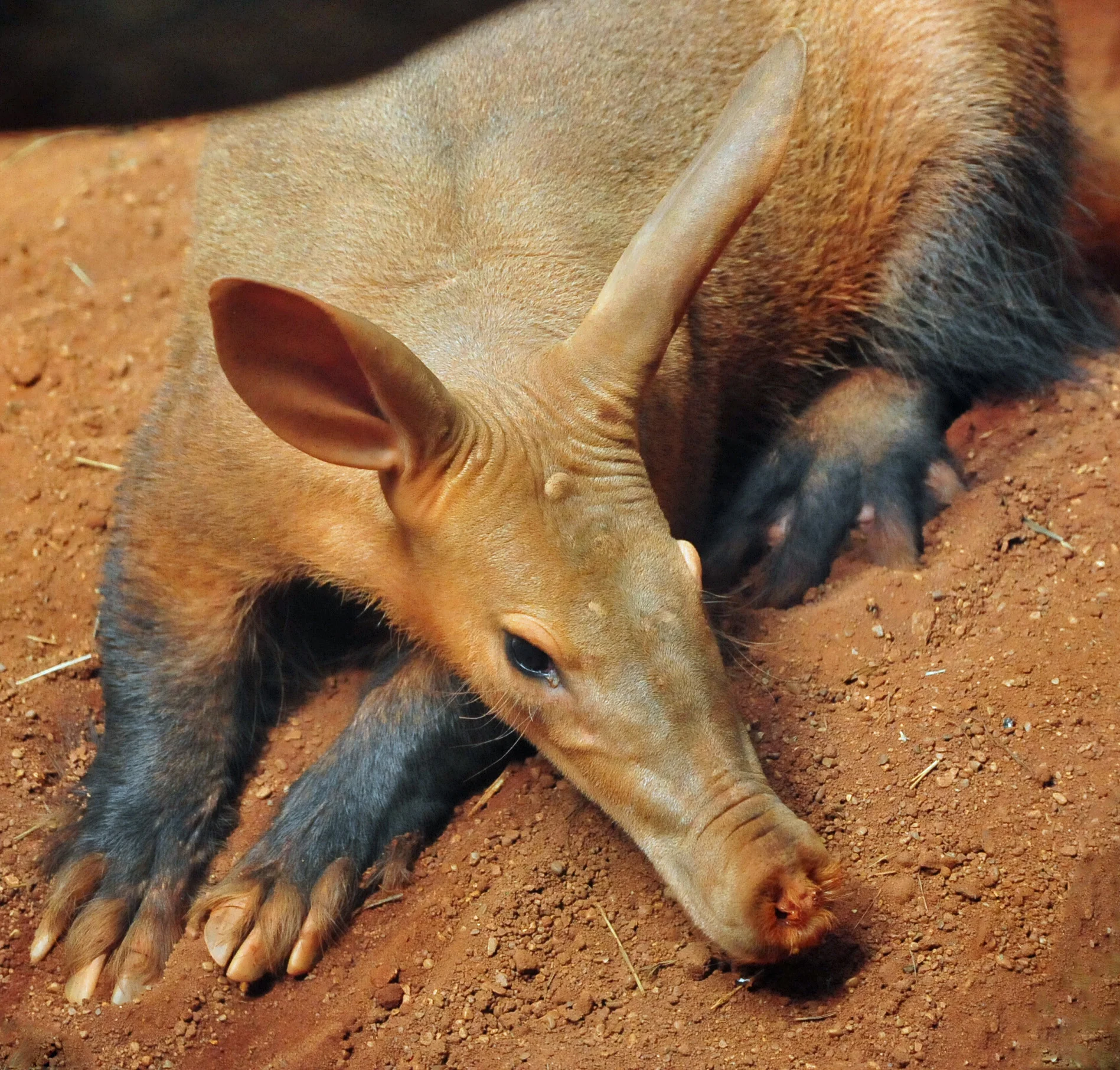
Anteater:
Long snout, bushy tail, and distinctive black and white fur pattern.
Adapted for an arboreal lifestyle with strong limbs and sharp claws.
Aardvark:
Tubular body, arched back, long ears, and a prominent snout.
Covered in coarse hair and has a tail resembling that of a kangaroo.
Comparison:
Anteaters have a more specialized appearance for tree-dwelling and ant-eating.
Aardvarks exhibit adaptations for burrowing and nocturnal foraging.
Ecological Implications:
Anteaters utilize their appearance for efficient tree-climbing, aiding in accessing ant nests.
Aardvarks’ appearance suits their burrowing lifestyle, providing shelter from predators and extreme temperatures.
3. Size
Anteater:
Giant anteaters can reach a length of 6 to 8 feet (1.8 to 2.4 meters), including the tail.
Aardvark:
Aardvarks typically measure between 3.3 to 4.9 feet (1 to 1.5 meters) in length.
Comparison:
Giant anteaters are generally larger in size compared to aardvarks.
Ecological Implications:
Size influences resource requirements and interactions with predators; larger size in anteaters may offer certain advantages in defense.
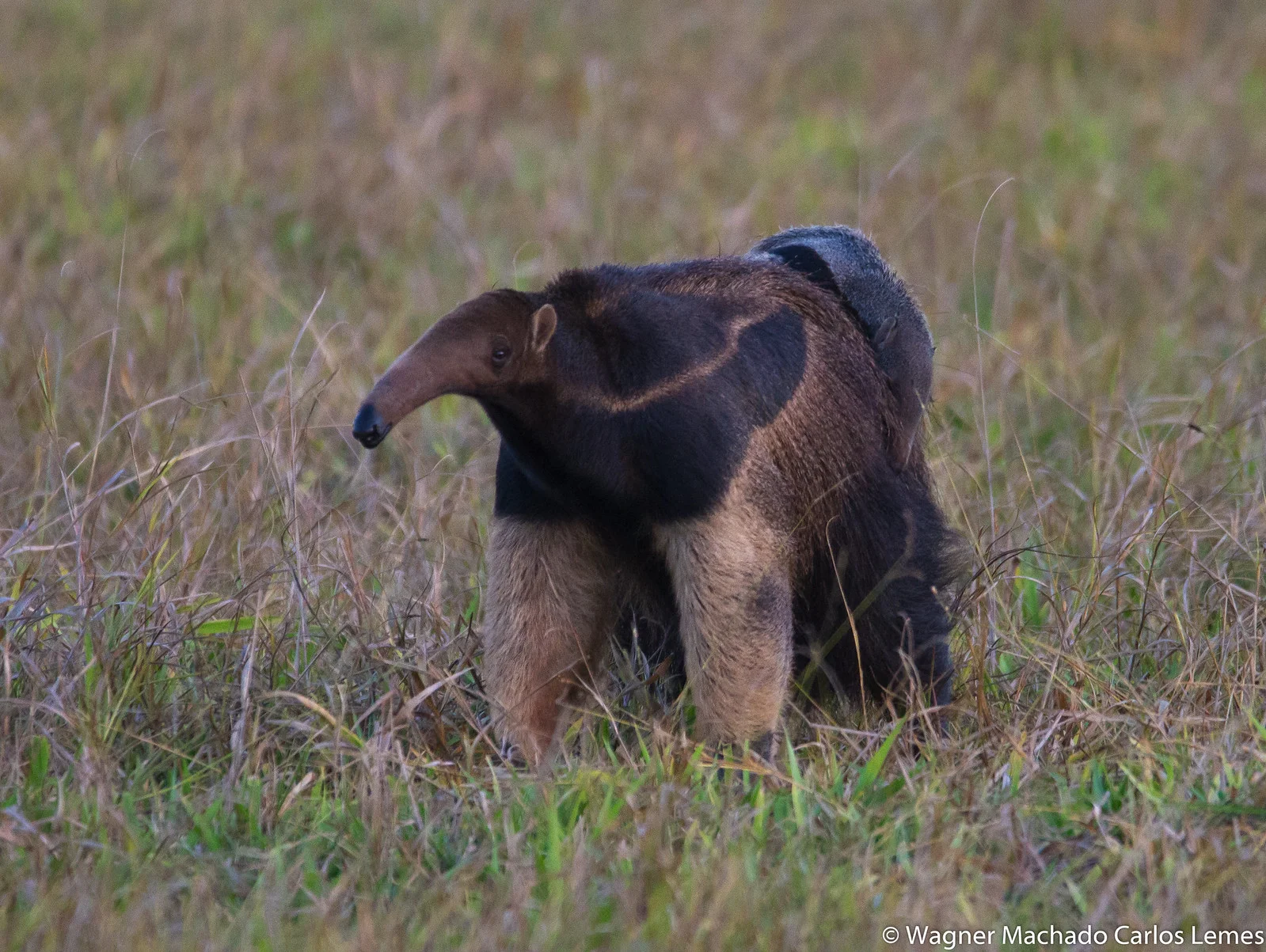
4. Weight
Anteater:
Giant anteaters weigh between 60 to 140 pounds (27 to 64 kilograms).
Aardvark:
Aardvarks typically weigh around 110 to 180 pounds (50 to 82 kilograms).
Comparison:
Aardvarks are generally heavier than giant anteaters.
Ecological Implications:
Weight affects energy needs and ecological roles; aardvarks’ heavier build may contribute to their burrowing behavior.
5. Dentition and Bite Force (PSI)
Anteater:
Toothless, but equipped with a long, sticky tongue for capturing ants and termites.
Aardvark:
Has a simple set of teeth, lacking incisors and canines, with a specialized tongue for catching ants and termites.
Comparison:
Both species have evolved unique adaptations for feeding on ants and termites, but their dental structures differ.
Ecological Implications:
Dentition and bite force impact feeding strategies, contributing to their roles as insectivores with specific dietary preferences.
6. Physical Offensive Advantages
Anteater:
Sharp claws and strong forelimbs used for tearing into ant nests and defending against predators.
Aardvark:
Powerful claws adapted for digging burrows and extracting insects from the ground.
Comparison:
Both species possess formidable claws but employ them differently for offense.
Ecological Implications:
Offensive adaptations contribute to their survival strategies, enabling efficient foraging and protection.
7. Physical Defensive Advantages
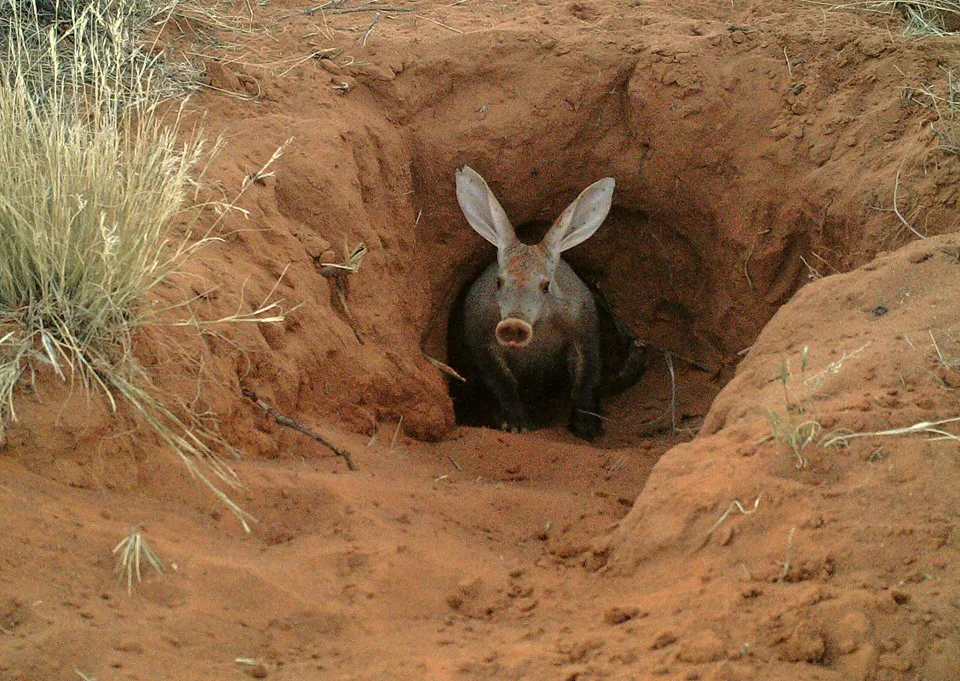
Anteater:
Long, bushy tail and sharp claws act as defensive tools against predators.
Aardvark:
Well-developed sense of hearing and the ability to retreat into burrows provide defensive mechanisms.
Comparison:
Anteaters rely on physical attributes, while aardvarks utilize burrows for defense.
Ecological Implications:
Defensive adaptations impact their interactions with predators, influencing their survival in different environments.
8. Speed (Km/hour or Mile/hour)
Anteater:
Can reach speeds of up to 30 miles per hour (48 km/h) when threatened.
Aardvark:
Moves at a slower pace compared to the anteater, relying more on burrowing for protection.
Comparison:
Anteaters exhibit higher speed for evading predators.
Ecological Implications:
Speed influences escape strategies and predator-prey dynamics, with anteaters relying on agility for defense.
9. Agility
Anteater:
Agile climbers with strong limbs and a prehensile tail for navigating trees.
Aardvark:
Less agile in climbing but highly adapted for digging and moving underground.
Comparison:
Anteaters excel in tree-dwelling agility, while aardvarks exhibit specialized agility for ground-based activities.
Ecological Implications:
Agility determines their effectiveness in different ecological niches, influencing their foraging and escape behaviors.
10. Senses
Anteater:
Keen sense of smell for detecting ant and termite colonies; limited eyesight and hearing.
Aardvark:
Excellent sense of hearing, adapted for detecting insects in the ground; relatively poor eyesight.
Comparison:
Both species have specialized senses to locate their insect prey, with variations in emphasis on smell and hearing.
Ecological Implications:
Sensory adaptations are crucial for efficient foraging and predator detection in their respective habitats.
11. Overall Physical Capacity
Anteater:
Specialized for climbing and accessing arboreal ant nests, with strong limbs and a long, prehensile tail.
Aardvark:
Well-adapted for digging burrows and extracting insects from the ground, with powerful claws.
Comparison:
Physical capacities are tailored to their distinct ecological roles.
Ecological Implications:
Their overall physical capabilities determine their efficiency in surviving and thriving within their specific environments.
12. Habitat Preference(s) and Geographic Region
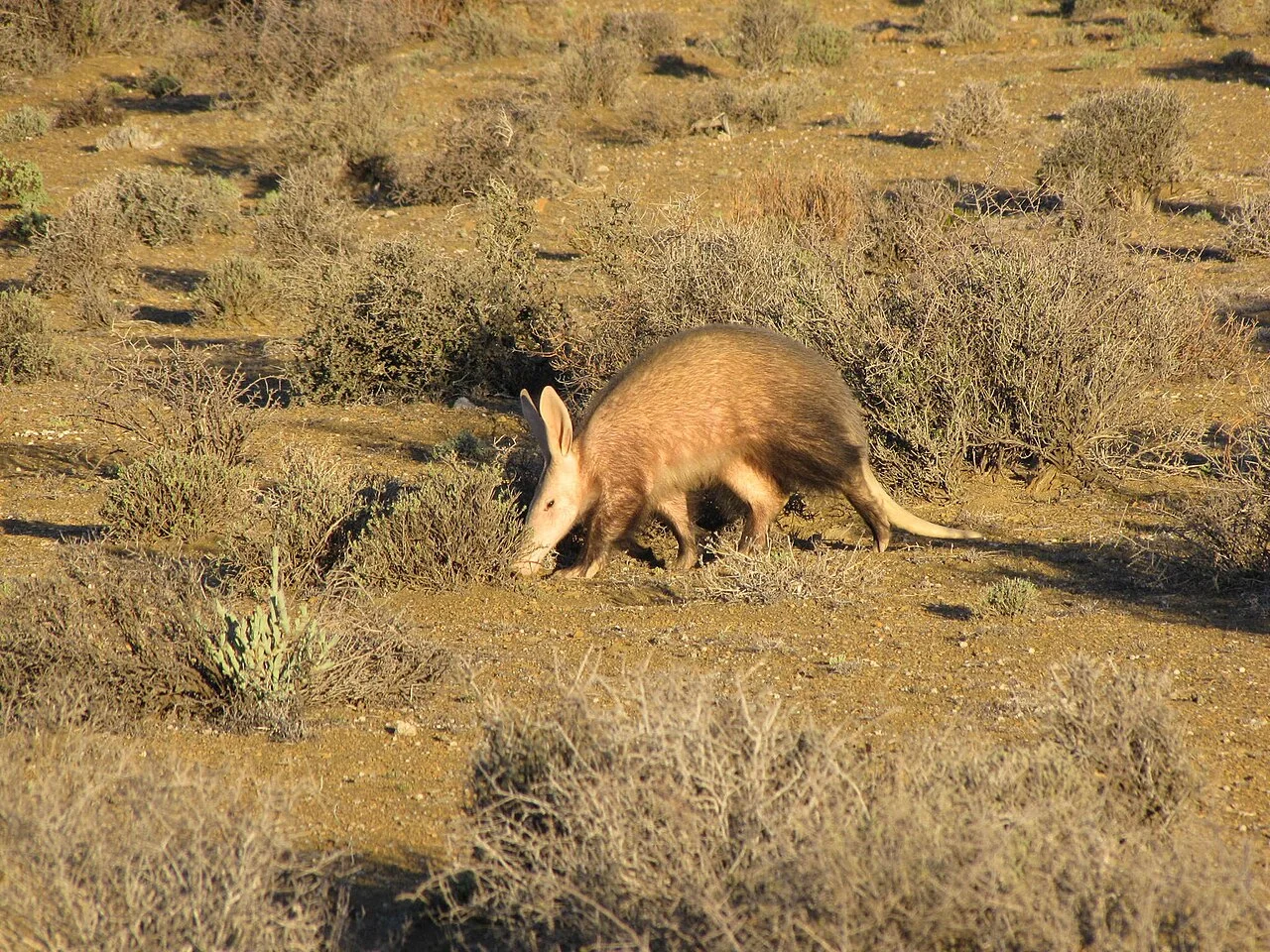
Anteater:
Prefers tropical and subtropical forests of Central and South America.
Aardvark:
Found in various habitats including grasslands, savannas, and open woodlands in Africa.
Comparison:
Anteaters inhabit forests, while aardvarks are adaptable to a broader range of environments.
Ecological Implications:
Habitat preferences influence their interactions with other species and availability of resources.
13. Tracks
Anteater:
Clawed footprints with a distinctive pattern, reflecting their arboreal and ground-based movements.
Aardvark:
Clawed prints resembling a four-toed shape, indicating ground-dwelling and burrowing activities.
Comparison:
Track morphology reflects their distinct locomotion styles.
Ecological Implications:
Tracking can provide insights into their behavior, movement patterns, and ecological roles in a given habitat.
14. Lifespan
Anteater:
Giant anteaters typically have a lifespan of 12 to 15 years in the wild.
Aardvark:
Aardvarks generally live up to 10 to 15 years in the wild.
Comparison:
Similar lifespans, with slight variations influenced by environmental factors.
Ecological Implications:
Lifespan affects population dynamics, reproductive strategies, and ecological roles within their habitats.
15. Mode of Feeding
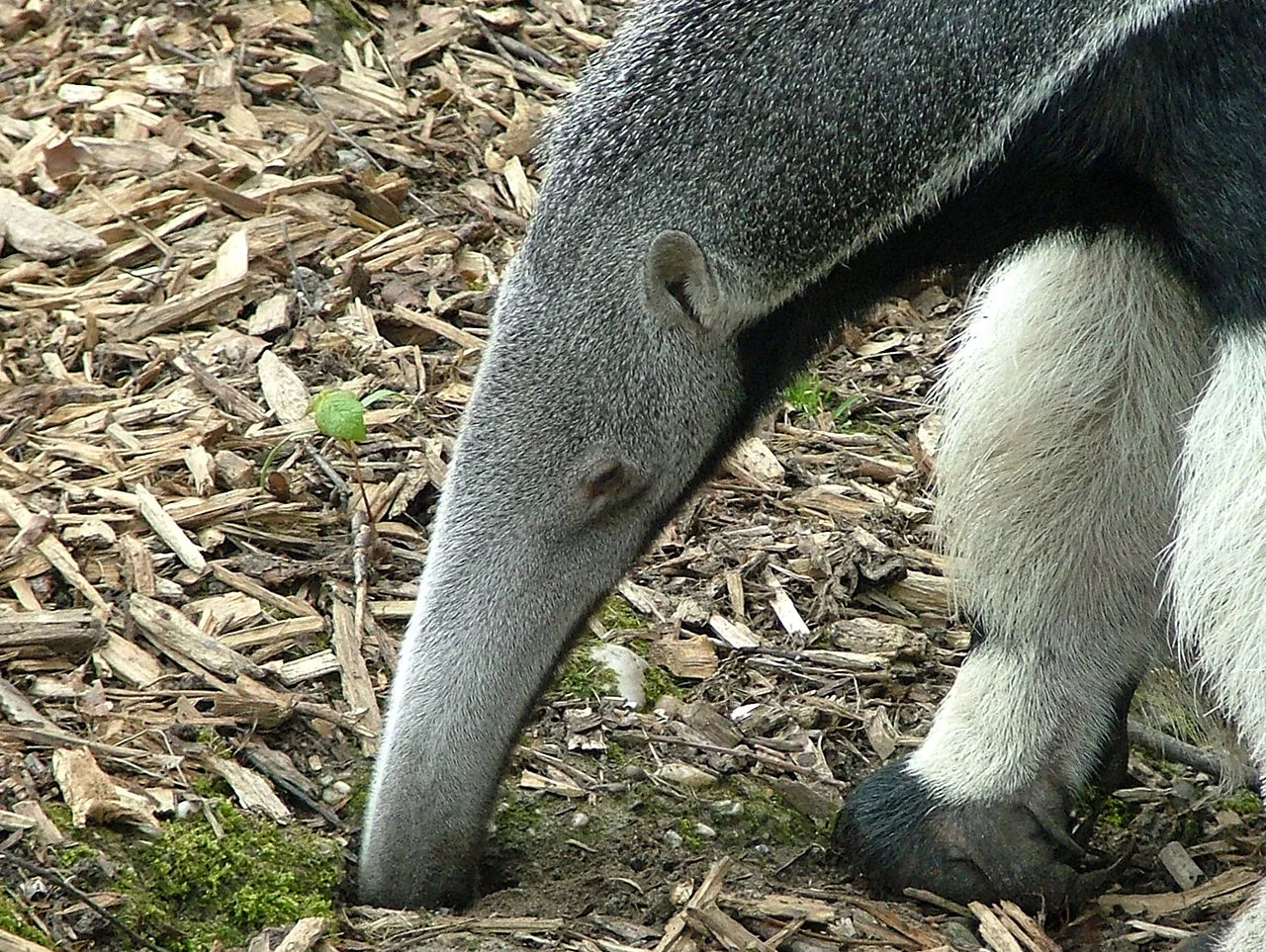
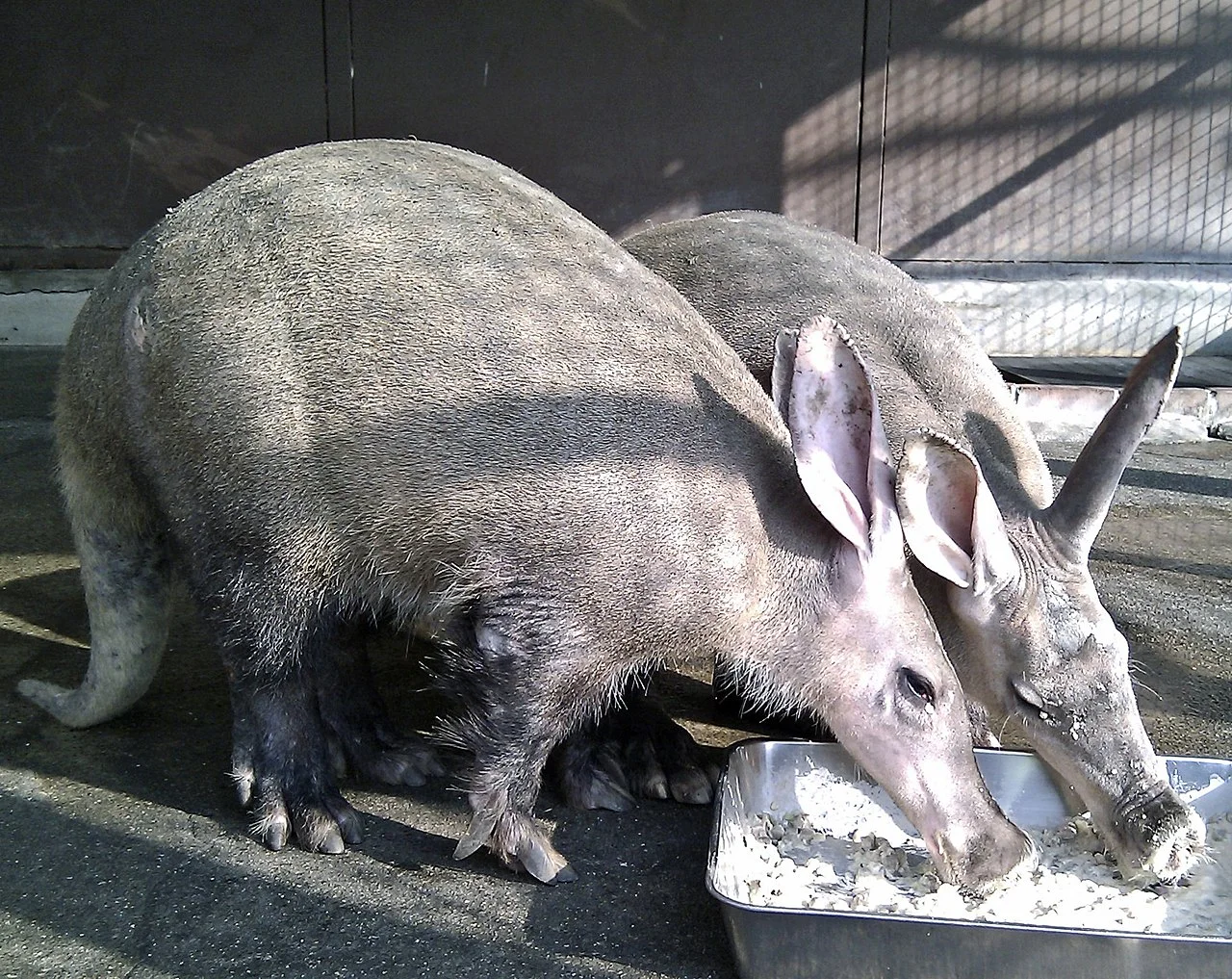
Anteater:
Specialized in Myrmecophagy, feeding primarily on ants and termites by using a long, sticky tongue.
Aardvark:
Also an insectivore, feeding on ants and termites but relying on powerful claws to extract them from the ground.
Comparison:
Both species share a similar diet but employ different feeding strategies.
Ecological Implications:
Feeding modes influence ecosystem dynamics, affecting insect populations and soil health.
16. Intelligence
Anteater:
Limited cognitive abilities, primarily driven by instincts related to foraging and survival.
Aardvark:
Displays moderate intelligence, especially in problem-solving related to finding and extracting insects.
Comparison:
Aardvarks may exhibit slightly higher cognitive abilities.
Ecological Implications:
Intelligence influences adaptability to changing environments and the efficiency of foraging strategies.
17. Social Behavior
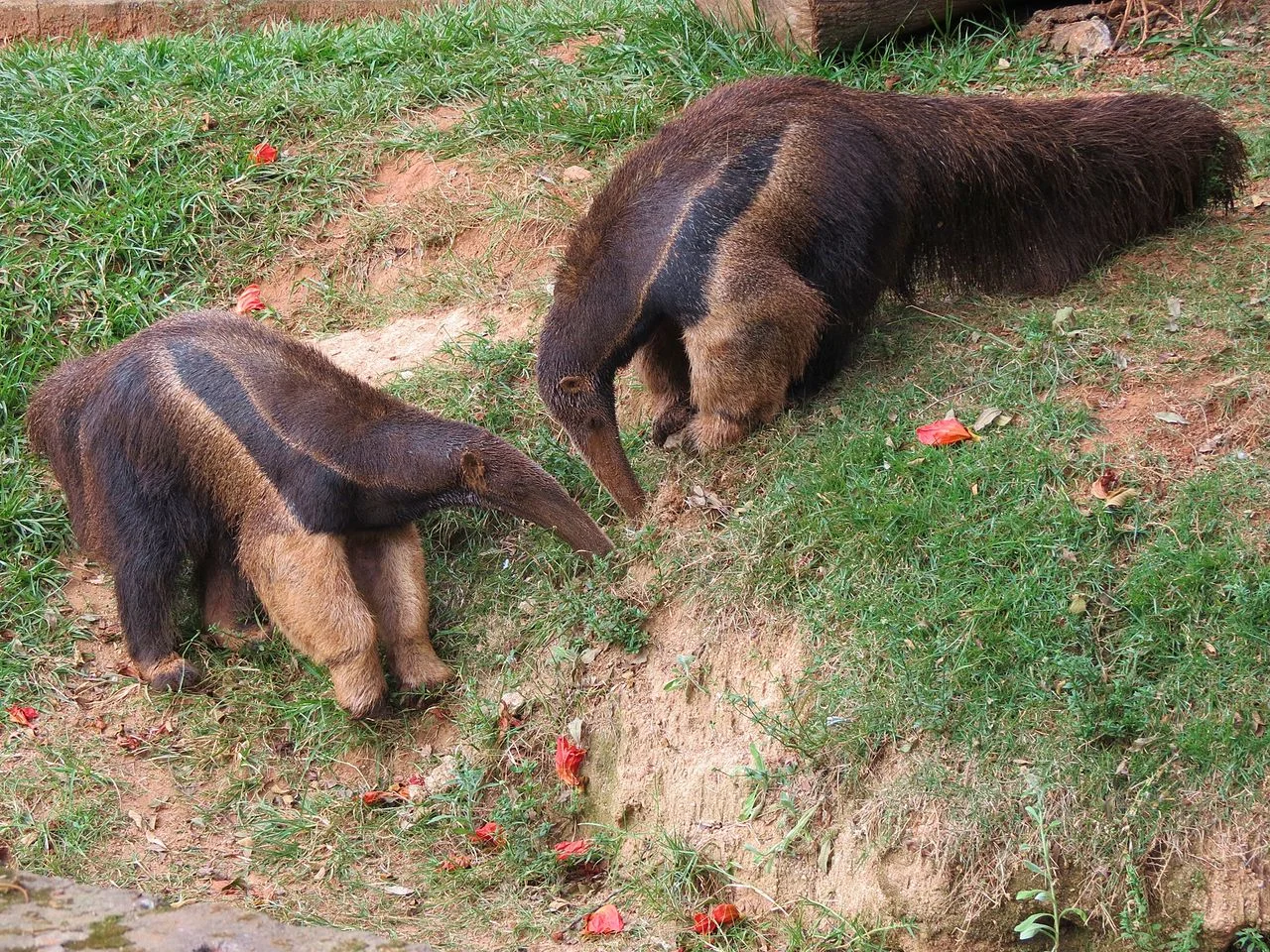
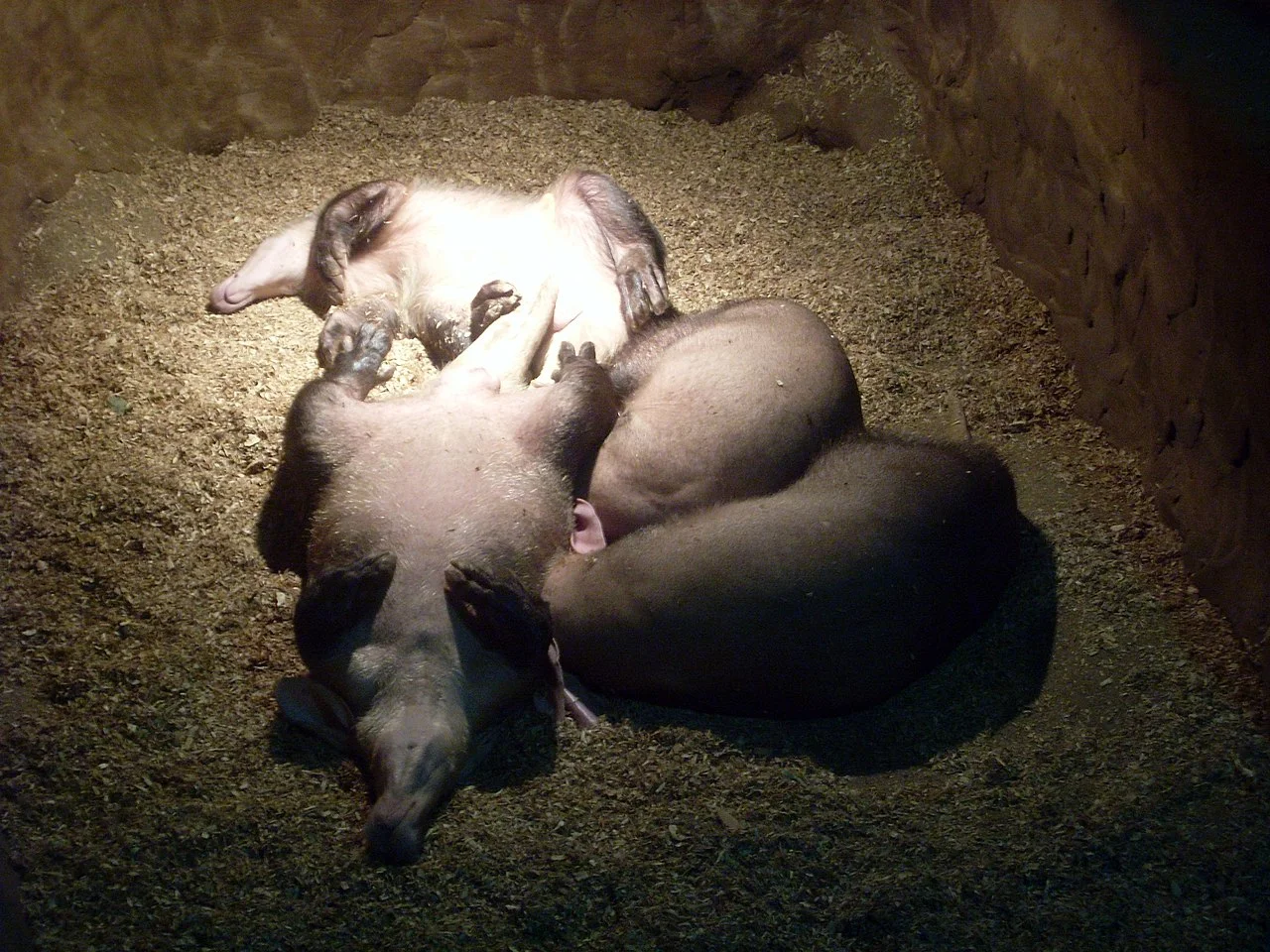
Anteater:
Generally solitary animals, coming together only during mating.
Aardvark:
Primarily solitary, with limited social interactions except during mating or raising offspring.
Comparison:
Both species display solitary behaviors with brief social interactions for reproduction.
Ecological Implications:
Solitary lifestyles contribute to resource partitioning and reduced competition within their habitats.
18. Mode of Reproduction
Anteater:
Typically gives birth to a single offspring after a gestation period of about 190 days.
Aardvark:
Usually gives birth to a single cub after a gestation period of around seven months.
Comparison:
Both species exhibit a low reproductive rate with a focus on raising a single offspring.
Ecological Implications:
Low reproductive rates suggest a higher investment in individual offspring, influencing population dynamics.
19. Parental Behavior
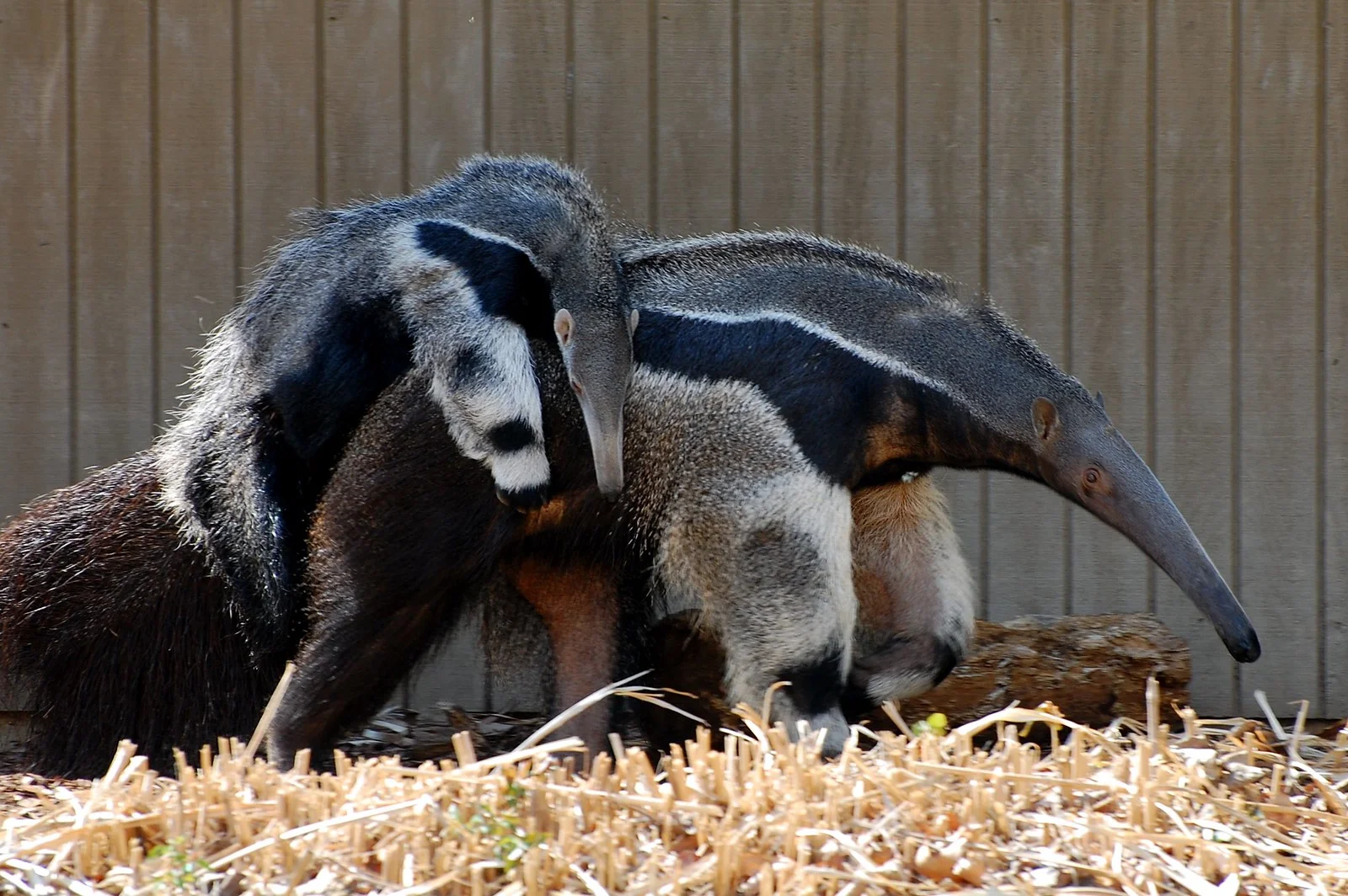
Anteater:
Female giant anteaters carry their young on their backs for protection.
Aardvark:
Mothers create burrows for their offspring’s protection during the early stages.
Comparison:
Both species exhibit parental care to ensure the survival of their offspring.
Ecological Implications:
Parental behaviors contribute to the survival and development of the next generation in their respective habitats.
20. Proximity to Human-Inhabited Areas
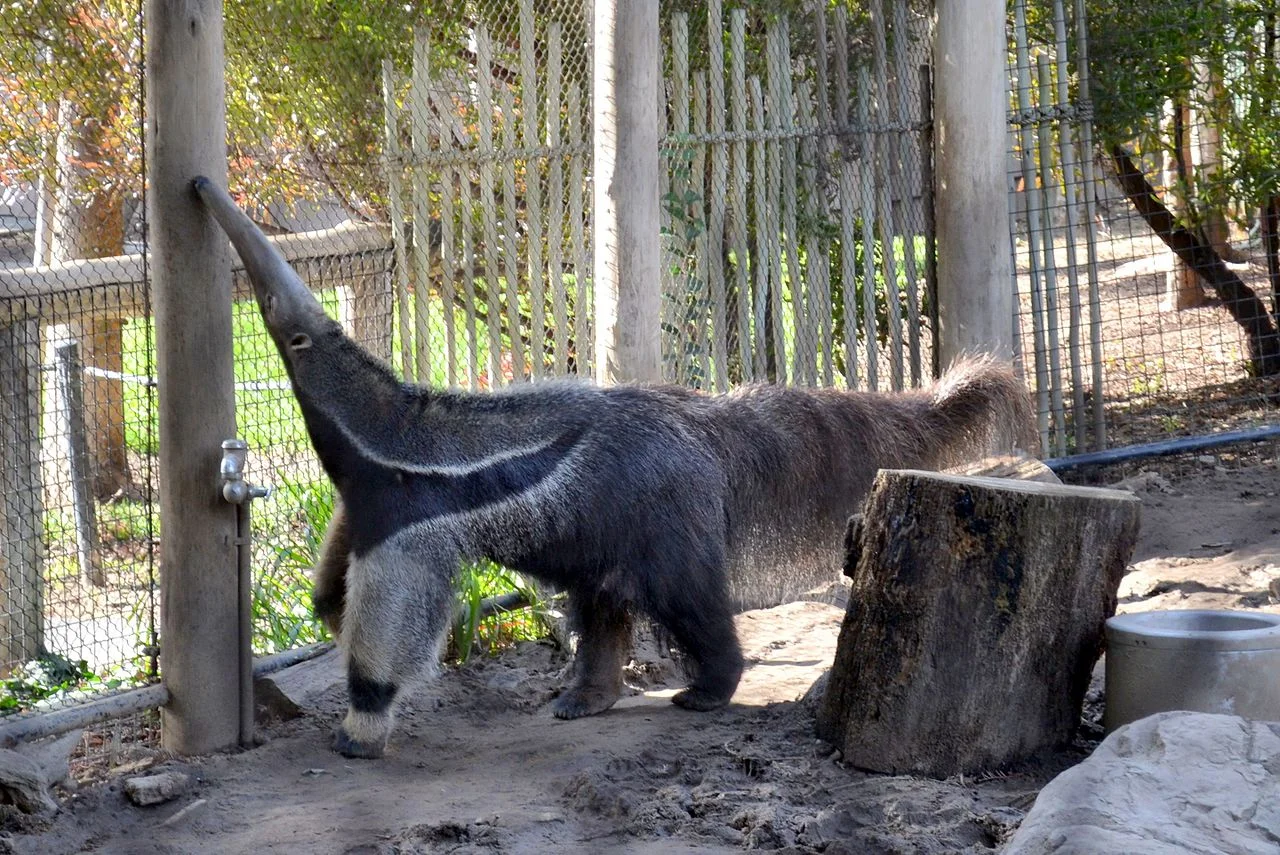
Anteater:
Giant anteaters may come into contact with humans when their natural habitats overlap with agricultural or developed areas.
Aardvark:
Aardvarks may encounter humans, especially in regions where their habitats intersect with agricultural or suburban landscapes.
Comparison:
Both species can be found in proximity to human-inhabited areas, leading to potential conflicts.
Ecological Implications:
Human encroachment impacts their habitats, leading to challenges such as habitat loss and increased risk of road accidents.
21. Behavior Toward Humans
Anteater:
Generally non-aggressive, but may display defensive behavior if threatened.
Aardvark:
Typically shy and avoids direct confrontation with humans.
Comparison:
Both species tend to avoid conflicts with humans but may exhibit defensive behaviors if provoked.
Ecological Implications:
Understanding their behavior toward humans is essential for mitigating potential conflicts and ensuring coexistence.
22. Danger Posed to Humans
Anteater:
Generally poses minimal danger to humans; however, their powerful claws can be used in self-defense if they feel threatened.
Aardvark:
Aardvarks are not considered aggressive towards humans and are unlikely to pose a significant threat.
Comparison:
Both species are not inherently dangerous, and conflicts are rare.
Ecological Implications:
Low danger to humans suggests a relatively harmonious coexistence, minimizing negative ecological impacts.
23. Associated Precautions
Anteater:
Caution should be exercised when approaching or encountering giant anteaters to avoid triggering defensive behavior.
Aardvark:
Humans should be aware of their presence but are not required to take extensive precautions.
Comparison:
Similar precautions apply, emphasizing respectful distance to prevent stress or defensive responses.
Ecological Implications:
Responsible human behavior contributes to minimizing disturbance in their natural habitats.
24. Conservation Status
Anteater:
Giant anteaters are classified as “Vulnerable” on the IUCN Red List due to habitat loss, hunting, and road mortality.
Aardvark:
Aardvarks are categorized as “Least Concern” on the IUCN Red List, but local populations may face threats.
Comparison:
Giant anteaters face a higher conservation risk compared to aardvarks.
Ecological Implications:
Conservation status reflects the broader impact of human activities on their populations and ecosystems.
*Summary of Comparison
Taxonomy:
Anteater belongs to Order Pilosa, Family Myrmecophagidae, and Genus Myrmecophaga.
Aardvark belongs to Order Tubulidentata, Family Orycteropodidae, and Genus Orycteropus.
Appearance:
Anteater: Long snout, bushy tail, and black-and-white fur; adapted for climbing.
Aardvark: Tubular body, arched back, and coarse hair; adapted for digging and burrowing.
Size:
Anteater: 6-8 feet (including tail).
Aardvark: 3.3-4.9 feet.
Weight:
Anteater: 60-140 pounds.
Aardvark: 110-180 pounds.
Dentition and Bite Force (PSI):
Anteater: Toothless, long tongue for ants.
Aardvark: Simple teeth, powerful tongue for termites.
Physical Offensive Advantages:
Anteater: Sharp claws for tearing ant nests.
Aardvark: Powerful claws for digging and extracting insects.
Physical Defensive Advantages:
Anteater: Bushy tail and sharp claws.
Aardvark: Sense of hearing and burrowing abilities.
Speed:
Anteater: Up to 30 mph.
Aardvark: Slower, relies on burrowing.
Agility:
Anteater: Agile climber.
Aardvark: Adapted for digging.
Senses:
Both rely on specialized senses (smell for anteater, hearing for aardvark) to locate insects.
Overall Physical Capacity:
Anteater: Climbing and tree-dwelling.
Aardvark: Digging and ground-based activities.
Habitat Preference(s) and Geographic Region:
Anteater: Tropical and subtropical forests in Central and South America.
Aardvark: Various habitats, including grasslands and savannas in Africa.
Tracks:
Distinctive clawed footprints for both, reflecting their locomotion styles.
Lifespan:
Similar lifespans: 12-15 years.
Mode of Feeding:
Both are insectivores, with different feeding strategies.
Intelligence:
Aardvarks may exhibit slightly higher cognitive abilities.
Social Behavior:
Solitary behavior with brief social interactions during mating.
Mode of Reproduction:
Both give birth to a single offspring after a gestation period.
Parental Behavior:
Both exhibit parental care for the protection of offspring.
Proximity to Human-Inhabited Areas:
Both can be found in proximity to human-inhabited areas.
Behavior Toward Humans:
Generally non-aggressive, avoiding conflicts.
Danger Posed to Humans:
Low danger, with minimal risk of aggression.
Associated Precautions:
Caution required to avoid triggering defensive behavior.
Conservation Status:
Anteater: “Vulnerable” due to habitat loss, hunting, and road mortality.
Aardvark: “Least Concern” but faces local threats.
Conclusion
-Similarities:
Both anteaters and aardvarks share similarities as insectivores with adaptations for feeding on ants and termites.
-Differences:
Differences in taxonomy, appearance, size, behavior, and conservation status highlight the unique ecological roles and challenges faced by giant anteaters and aardvarks in their respective habitats.
